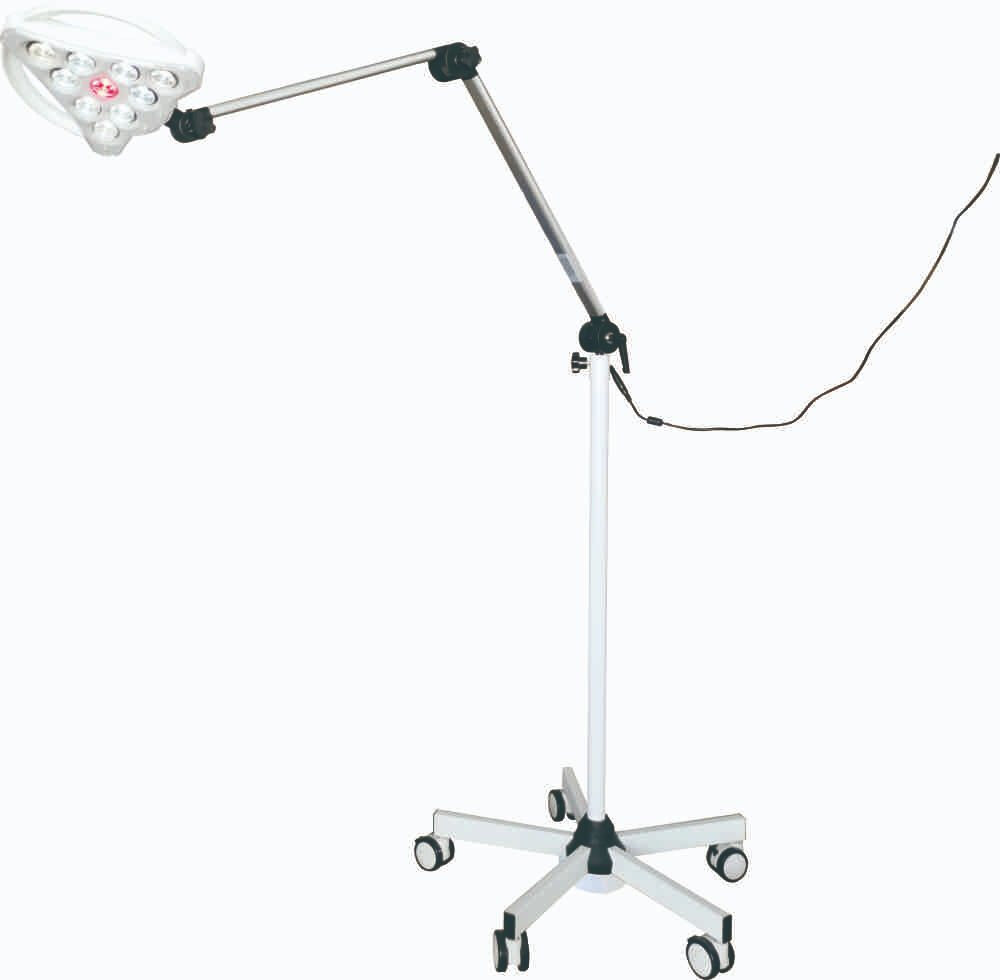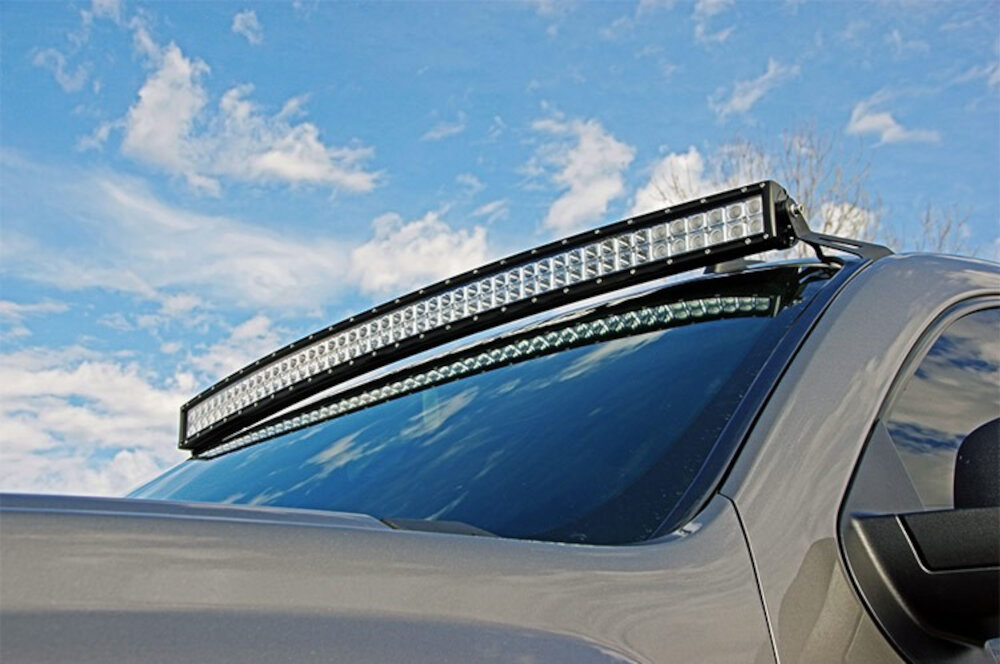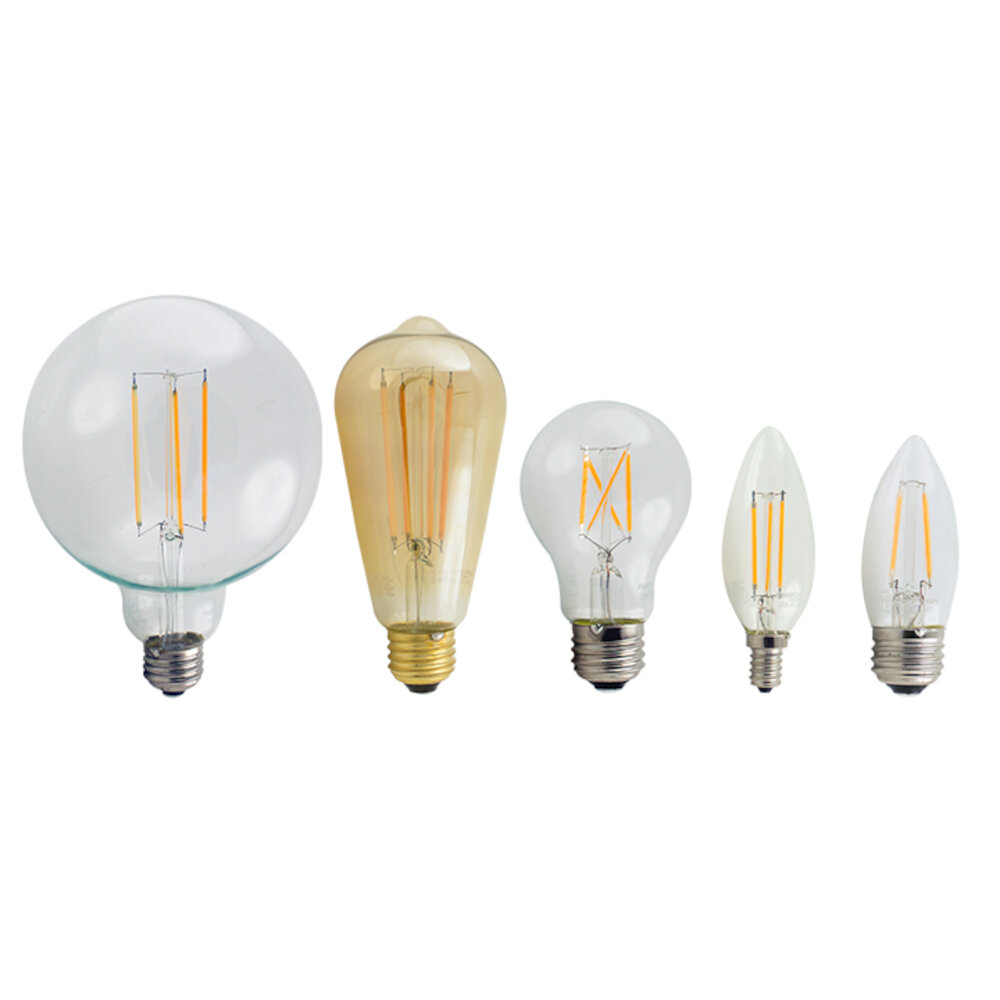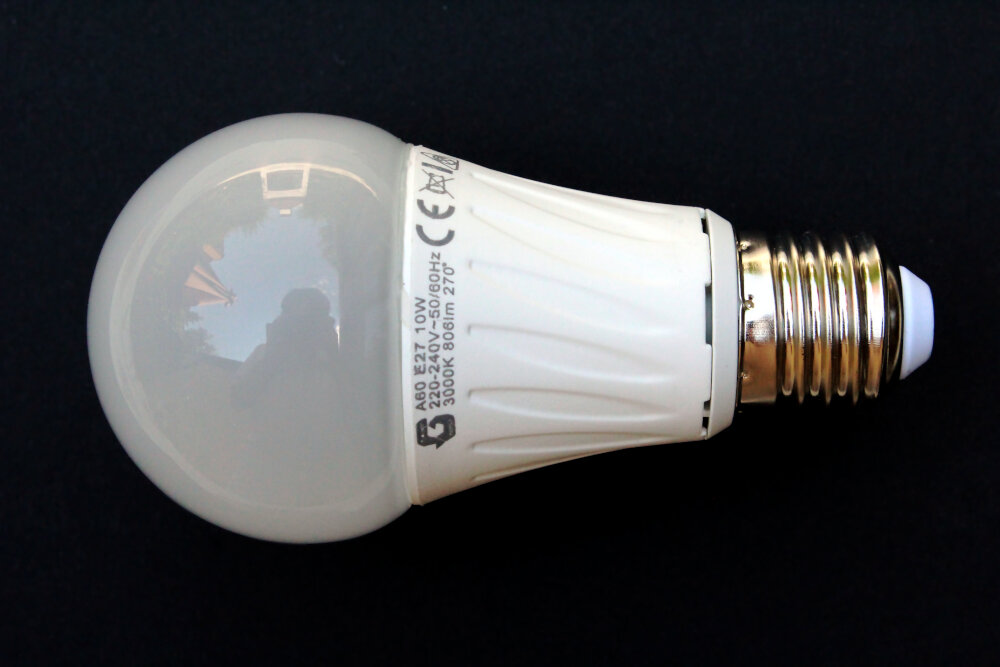How Much Heat Does an LED Light Bulb Produce? Explained in Simple Terms

Light Emitting Diode (LED) bulbs are becoming increasingly popular because of their high energy efficiency and long lifespan. However, many people are still curious about the amount of heat LED bulbs produce compared to traditional incandescent or fluorescent bulbs. This is an important question, especially when considering the safety of LED bulbs and their impact on the environment. In this article, we will explore the topic of how much heat an LED light bulb produces and explain it in simple terms. LED bulbs operate differently from traditional bulbs, which require a filament to produce light. Instead, LED bulbs use a semiconductor diode to convert electricity into light. This process produces very little heat compared to traditional bulbs, making LED bulbs much more energy efficient. However, this does not mean that LED bulbs do not produce any heat at all. In fact, they do produce some heat, but the amount is significantly less than traditional bulbs. Understanding the amount of heat an LED bulb produces is important for several reasons, including safety concerns, energy efficiency, and overall performance.
What is an LED Light Bulb?

An LED light bulb, short for light-emitting diode, is a type of lighting technology that uses a semiconductor material to produce light. Unlike traditional incandescent bulbs, which use a filament that produces light by heating up, LED bulbs rely on the movement of electrons within the semiconductor material to generate light. This makes LED bulbs far more efficient than incandescent bulbs, as they produce less heat and consume less energy. Additionally, LED bulbs have a longer lifespan than traditional bulbs, making them a more cost-effective lighting option over time. LED bulbs come in a variety of sizes and shapes, making them easy to use in a wide range of lighting applications. They can be used in everything from standard lamps and light fixtures to outdoor lighting systems and automotive lighting. Many LED bulbs are also dimmable, allowing users to adjust the brightness of their lighting to suit their needs. With the increasing demand for energy-efficient and environmentally friendly lighting solutions, LED bulbs have become an increasingly popular choice for consumers and businesses alike.
An LED light bulb operates on the principle of electroluminescence, which is the process of converting electrical energy into light. When an electric current passes through a semiconductor material in the bulb, it excites the electrons and causes them to release energy in the form of photons. The photons then produce visible light that we see. Unlike traditional incandescent bulbs, which produce light by heating a filament until it glows, LED bulbs are more energy-efficient because they do not generate as much heat. Additionally, LED bulbs have a longer lifespan and are more environmentally friendly, making them a popular choice for lighting homes and businesses.
How Much Heat Does an LED Light Bulb Produce?

LED light bulbs are known for their energy efficiency and cost-effectiveness. They consume less energy and last longer than traditional incandescent light bulbs. However, one question that often arises is how much heat do LED light bulbs produce? Unlike incandescent bulbs, which produce a lot of heat, LED bulbs are designed to convert most of the energy they consume into light, rather than heat. Therefore, they produce much less heat than incandescent bulbs, making them a safer and more efficient choice for lighting. LED bulbs are made up of multiple diodes, which convert electrical energy into light. While there is some heat produced during this conversion process, it is minimal compared to the amount of light produced. In fact, LED bulbs are estimated to produce around 80-90% less heat than traditional bulbs. This not only makes them safer to use, but it also means they can be placed in enclosed fixtures without the risk of overheating. Additionally, less heat production means less strain on your air conditioning system, which can help reduce your energy bills even further.
LED light bulbs are highly efficient as they consume less energy to produce the same amount of light as compared to traditional incandescent bulbs. The reason behind this efficiency lies in the fact that LED bulbs convert almost all of the electric energy into light energy, while incandescent bulbs waste most of the energy as heat. Additionally, LED bulbs have a longer lifespan and emit less heat, making them an ideal choice for energy-efficient lighting solutions. The use of LED bulbs not only saves energy but also reduces the cost of electricity bills, making them a popular choice for both residential and commercial lighting needs.
Heat sinks play a crucial role in LED light bulbs by dissipating the heat generated by the LED chips. LED light bulbs produce heat due to the conversion of electric current into light, and this heat can cause the LED chips to degrade or fail prematurely. The heat sink, typically made of aluminum or copper, absorbs the heat and spreads it out over a larger surface area, allowing the heat to dissipate more efficiently. This helps to increase the lifespan of the LED light bulb and maintain its performance over time. Heat sinks can come in different shapes and sizes, depending on the specific LED bulb design, and are an essential component in ensuring the reliability and longevity of LED lighting products.
LED light bulbs produce significantly less heat compared to traditional incandescent bulbs. This is because LED bulbs use semiconductors to emit light, which convert most of the energy into light instead of heat. The temperature of LED bulbs can vary depending on the wattage and design of the bulb, but generally, they operate at a much lower temperature. LED bulbs typically stay below 100 degrees Fahrenheit, while incandescent bulbs can reach temperatures of up to 300 degrees Fahrenheit. The cooler temperature of LED bulbs not only saves energy but also makes them safer to use, reducing the risk of burns or fires caused by overheating.
Why Does the Heat Produced by LED Light Bulbs Matter?

The heat produced by LED light bulbs is a crucial factor that affects their efficiency and longevity. LED bulbs use energy to produce light, but a portion of that energy is also converted into heat. This heat can cause the bulb to overheat, leading to a shorter lifespan and potentially even a fire hazard. Therefore, it is essential to understand how much heat LED bulbs produce and how to manage it effectively. The amount of heat produced by LED bulbs can vary depending on several factors, such as the bulb’s design, wattage, and the environment it is used in. For instance, if an LED bulb is placed in an enclosed fixture or used in a warm room, it can produce more heat than if it were used in an open fixture or a cooler environment. Furthermore, higher wattage LED bulbs tend to produce more heat than lower wattage ones. By understanding the heat output of different LED bulbs, you can choose the right bulb for your needs and ensure that it works effectively and safely.
The lifespan of LED light bulbs can be significantly affected by heat. While LED bulbs are known for their energy efficiency and long-lasting performance, excessive heat can cause them to degrade and fail prematurely. The heat generated by LED bulbs is usually dissipated through a heat sink, but if the bulb is installed in an enclosed fixture or in an area with poor ventilation, the heat can build up and cause damage to the bulb’s internal components. Additionally, operating the bulb at high temperatures can cause the phosphor coating on the LED chip to degrade, leading to reduced light output and color accuracy. To ensure the longevity of LED bulbs, it is important to install them in properly ventilated fixtures and avoid operating them at high temperatures.
The emergence of LED light bulbs has brought about many benefits such as energy efficiency and lower electricity bills. However, their impact on the environment cannot be ignored. LED bulbs are known to contain toxic materials such as lead and arsenic, which can pose a threat to the environment if not disposed of properly. The manufacturing process of LED bulbs also requires a significant amount of energy, which contributes to carbon emissions. Despite these drawbacks, LED bulbs have a longer lifespan and consume less energy than traditional incandescent bulbs, making them a more sustainable choice in the long run. It is crucial that consumers recycle their LED bulbs and dispose of them responsibly to minimize their environmental impact.
In this article, we shall be exploring the topic of heat produced by LED light bulbs. To begin with, we will elucidate what LED light bulbs are, how they function, and then delve into the amount of heat they produce. Further on, we will also emphasize why heat matters in the context of LED light bulbs, including its impact on the bulb’s lifespan and the environment. By the end of this article, readers will have a clear and concise understanding of LED light bulbs’ functioning and their advantages over traditional lighting options, primarily their energy efficiency and eco-friendliness.
Conclusion

In conclusion, LED light bulbs are a great energy-efficient alternative to traditional incandescent bulbs. They produce significantly less heat, making them safer and more convenient for use in various settings. While they do produce some heat, it is minimal compared to other types of bulbs, and it is not enough to cause any harm or discomfort. Understanding the amount of heat that LED bulbs produce can help you make an informed decision when choosing lighting options for your home or workplace. So, if you’re looking for a more cost-effective and environmentally friendly lighting solution, LED bulbs are an excellent choice to consider.




